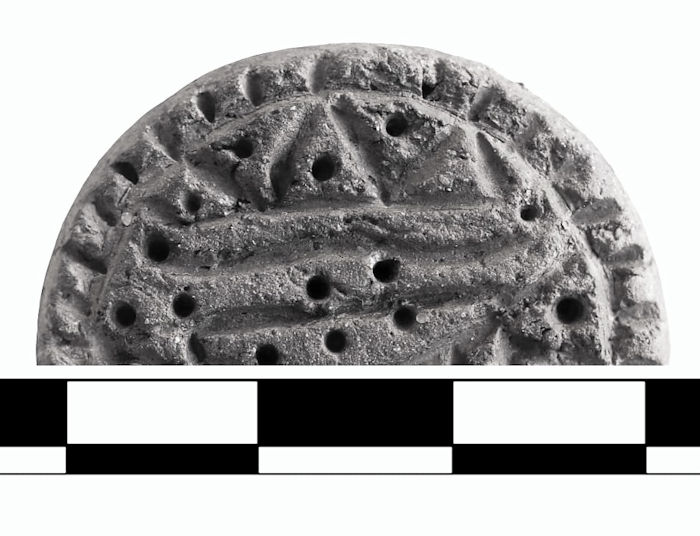Conny Waters – AncientPages.com – Archaeologists excavating at Tavsanli Höyük, a mound recognized as the oldest known settlement in Kütahya, Turkey dating back 8,000 years, have unearthed a unique 3300-year-old seal and a dagger.
The mound, often referred to as the “Heart of Western Anatolia,” was once home to an unknown ancient kingdom. The site got this nickname because it resembles a heart when viewed from the air. In 2021, archaeologists discovered evidence of a settlement dating back to the Hitтιтe era. Studies of the site revealed Tavsanli Höyük had been inhabited by several ancient cultures, some of which are still unidentified to scientists.

Credit: Kazılar ve Araştırmalar Dairesi Başkanlığı
“There were kingdoms made up of city-states in this period. We think that Tavsanli Höyük, with its size approaching 50 hectares, was the capital of a kingdom that has not been known until today. It is known that people defined as Hattians in Central Anatolia and Luwi in Western Anatolia lived during this period. Hatti and later Hitтιтe. I can say that its civilization is well known, but we do not have any information about Luwian cities,” ᴀssoc. Dr. Erkan Fidan said at the time of the discovery.

Credit: Kazılar ve Araştırmalar Dairesi Başkanlığı
Excavations at the site have continued. Sharing a post on social media of the Department of Excavations and Research account, the Ministry of Culture and Tourism and Bilecik Seyh Edebali University have announced that Mycenaean-like artifacts were found during the excavations which started last month under the direction of Dr. Erkan Fidan.

Credit: Kazılar ve Araştırmalar Dairesi Başkanlığı
Based on previous excavations, Dr. Fidan has concluded the site started to be urbanized 5,000 years ago and that Tavsanli Höyük became a big city about 4,000 years ago.

Credit: Kazılar ve Araştırmalar Dairesi Başkanlığı
“I can say that these analyzes have revealed new and interesting results for the region. The existence of a modern settlement was identified for the first time with the end of the Hitтιтe Empire, which is unknown and only seen in a few archaeological centers in Western Anatolia,” Dr. Fidan said.
See also: More Archaeology News
Archaeologists will continue their work at Tavsanli Höyük. The goal is to learn about the long-gone settlement and its inhabitants as much as possible.
Written by Conny Waters – AncientPages.com Staff Writer





